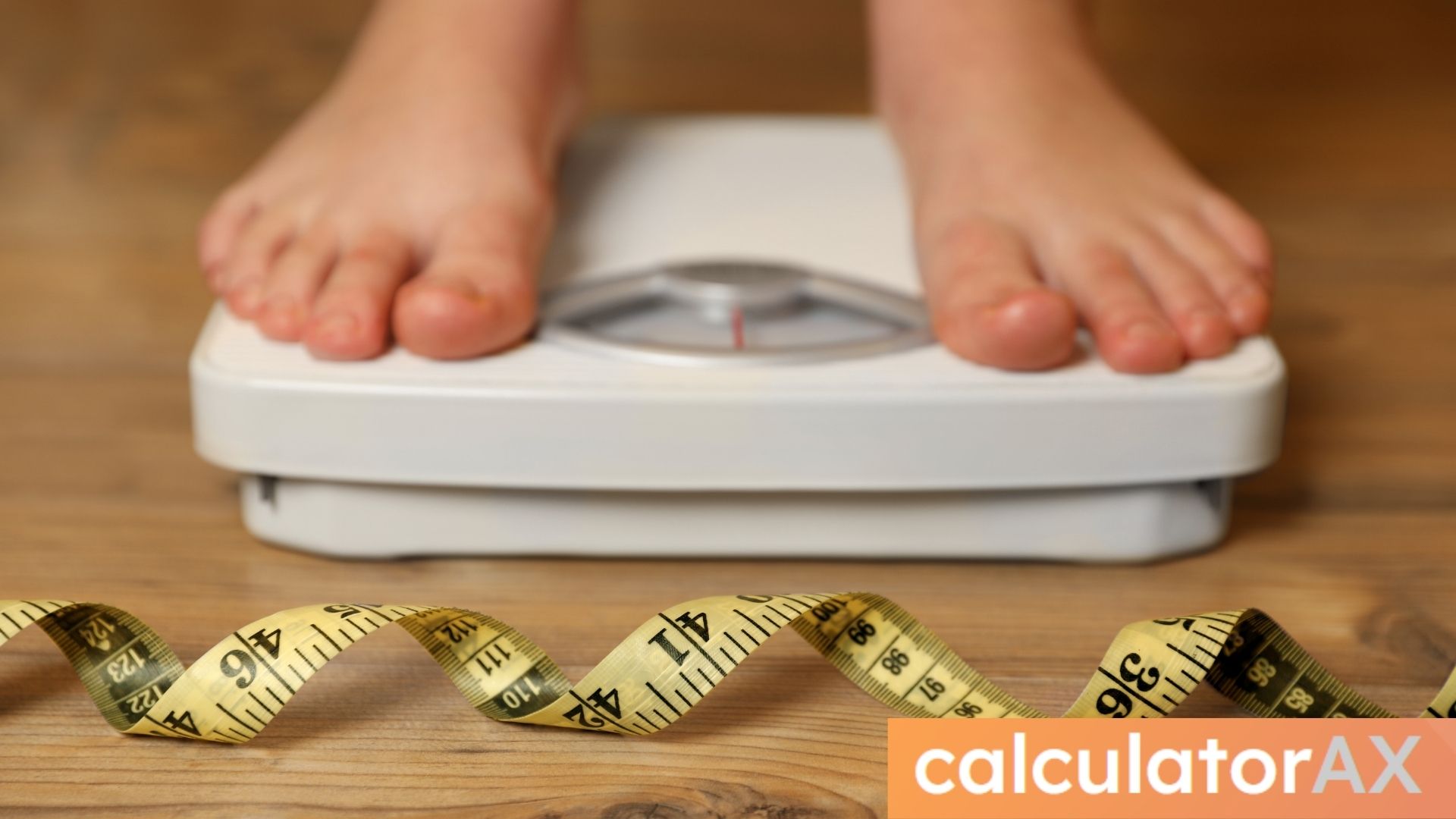Table of Contents
- What is Body Fat Percentage?
- Simple Home Methods to Measure Body Fat
- Advanced Body Fat Measurement Techniques
- The Best Method for You
- Why Body Fat Percentage Matters
Last updated: August 18, 2024.
How to Accurately Measure Your Body Fat Percentage

When it comes to understanding your health, the scale can only tell you so much. Body fat percentage is a critical metric that gives you a clearer picture of your overall well-being. But how do you measure it effectively? In this post, we’ll explore various methods to measure body fat, from simple techniques you can do at home to advanced laboratory tests. Whether you’re just beginning your fitness journey or you’re a seasoned athlete, knowing your body fat percentage can help you tailor your diet and exercise plan to achieve your goals.
For more tools to assist in your fitness and health management, visit our Fitness and Health Management Tools page. These resources are designed to simplify your calculations, whether you're tracking caloric burn, planning your nutrition, or assessing your fitness routines.
What is Body Fat Percentage?
Body fat percentage refers to the portion of your total body weight that comes from fat. This measure provides insight into your health that body mass index (BMI) alone cannot. For example, someone might have a "normal" BMI but carry a higher percentage of body fat, which could still put them at risk for various health conditions like heart disease or diabetes.
According to the American Journal of Clinical Nutrition, healthy body fat percentages vary by age and gender. For men aged 20-39, 8-19% is considered healthy, while for women of the same age group, 21-32% is ideal. As we age, these numbers shift slightly, acknowledging changes in metabolism and body composition.
Simple Home Methods to Measure Body Fat
Using a Tape Measure
One of the simplest ways to estimate your body fat is by measuring your waist-to-height ratio. All you need is a tape measure!
- Measure Your Waist: Wrap a tape measure around your waist at the level of your belly button.
- Measure Your Height: Then, use the same tape measure to determine your height.
- Calculate the Ratio: Divide your waist measurement by your height.
A waist-to-height ratio over 0.5 indicates you may be carrying too much fat around your abdomen, increasing your risk for cardiovascular diseases.
Skinfold Calipers
Another home-friendly method involves skinfold calipers, which measure the thickness of your skinfolds at various body points. This method gives you a decent estimate of your body fat percentage if done correctly. Remember to pinch the skin (not the muscle) and measure at consistent spots, like the tricep or abdomen.
Advanced Body Fat Measurement Techniques
DEXA Scans
A Dual-Energy X-ray Absorptiometry (DEXA) scan is one of the most accurate methods to measure body fat. It not only tells you how much fat you have but also shows its distribution across your body. While DEXA scans are usually found in clinics or hospitals, the cost is relatively high, typically around £100 per session. For more detailed information about DEXA, see the article here.
Underwater Weighing
Known as hydrostatic weighing, this method measures body density by calculating how much water your body displaces when fully submerged. It’s a highly accurate method but can be uncomfortable and is not widely accessible. Plus, you’ll need to expel all the air from your lungs during the test—a process that might not be suitable for everyone.
The Best Method for You
Choosing the right method depends on several factors, including your budget, access to equipment, and how accurate you need the results to be. For most people, a combination of BMI and waist measurements provides a good estimate. However, if you're serious about tracking your fitness progress, investing in a DEXA scan might be worth it.
Why Body Fat Percentage Matters
Knowing your body fat percentage gives you a deeper understanding of your fitness level and potential health risks. As Adam Atkinson, a certified personal trainer, puts it, “The higher somebody’s body fat percentage, the more likely they are to develop heart disease, high blood pressure, type 2 diabetes, and even some cancers.”
On the flip side, having too little body fat can also be problematic. Body fat is essential for functions like hormone production, vitamin absorption, and insulation.
"Without enough body fat, these critical body functions can be compromised."
Final Thoughts
Tracking your body fat percentage is a powerful way to stay on top of your health and fitness. Whether you opt for a simple tape measure or a high-tech DEXA scan, what’s important is consistency. Regular monitoring can help you make informed decisions about your diet and exercise routines, keeping you on the path to optimal health.
For an easy way to start tracking, try our Body Fat Percentage Calculator—it's user-friendly and provides quick, reliable estimates.
- Heidi Borst. "Body Fat Percentage: A Complete Guide." Forbes Health, July 2023.
- Tracy Parker. "What Is the Best Way to Measure Body Fat?" British Heart Foundation, June 2022.